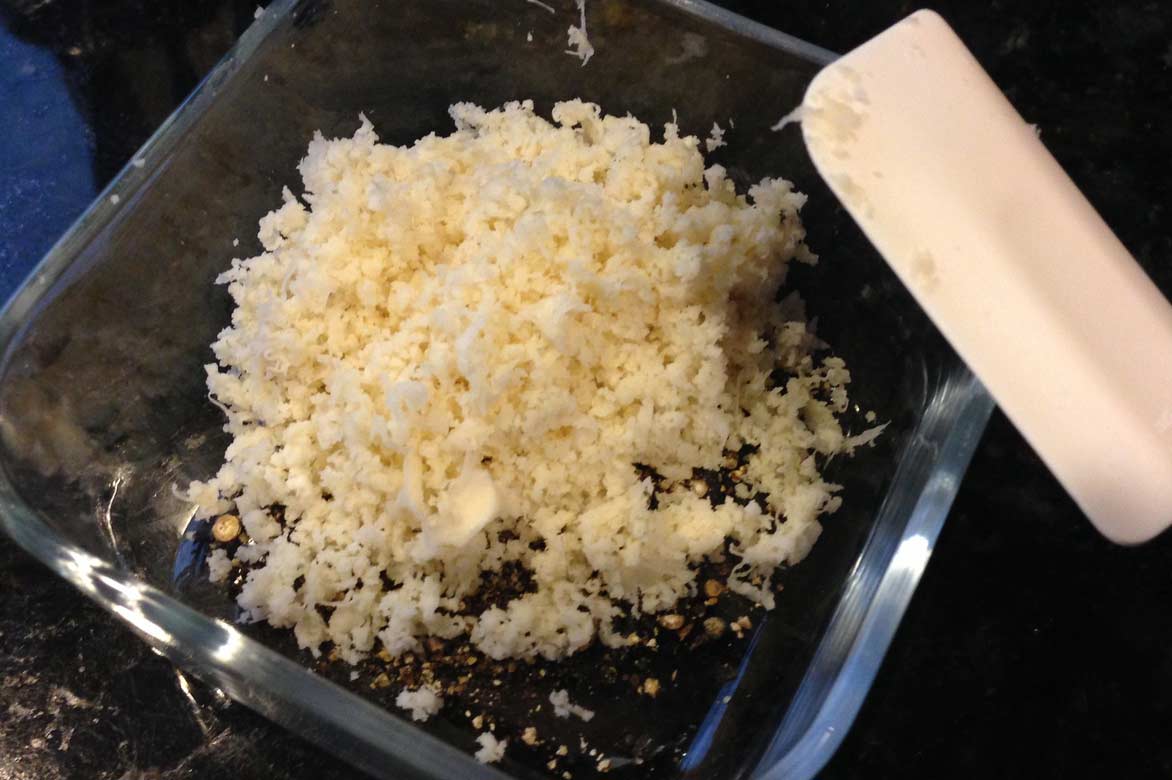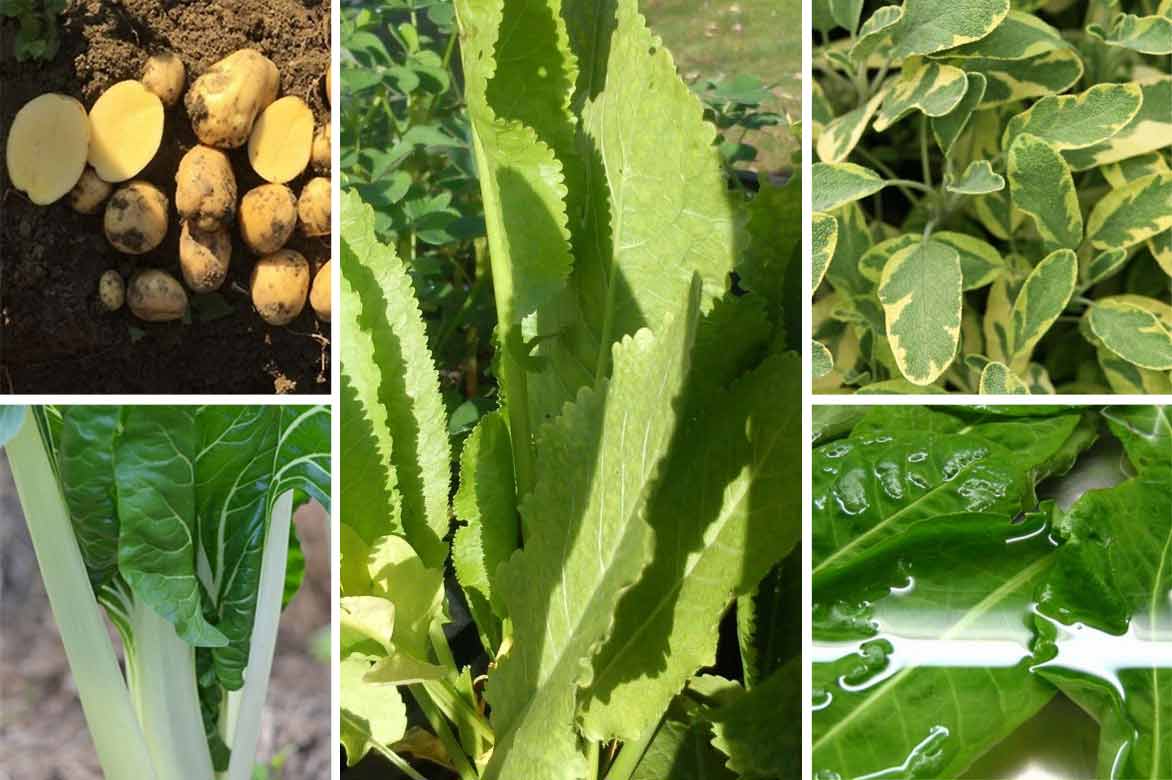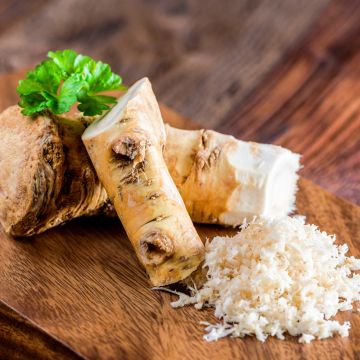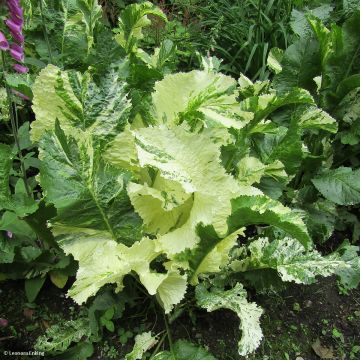
Horseradish: sowing, growing, harvesting
Contents
Horseradish in a nutshell
- Horseradish is a hardy perennial herbaceous plant used as a condiment, cultivated for its long fleshy root.
- It is consumed as a condiment to enhance the flavour of sauces, salads, and meats with its strong taste.
- The leaves of horseradish are also edible and can be enjoyed in salads.
- Vigorous and easy to grow, horseradish can be harvested from the second year after planting.
- Hardy and resilient, horseradish is difficult to dislodge once well established and can be invasive.
- Horseradish is also a medicinal plant from which an essential oil is extracted.
A word from our expert
1,500 years BC, horseradish was already well known to the Egyptians, Greeks, and Romans, who attributed numerous medicinal virtues to it. This condiment plant made its appearance in Central Europe in the 12th century.
Horseradish is therefore an ancient vegetable, now almost forgotten, and which has nearly disappeared from France. However, this herbaceous perennial from the Brassicaceae family (formerly Cruciferae) offers many virtues, first as a condiment and later for medicinal purposes. It is still widely used in traditional dishes in many countries, particularly in Germany, Eastern Europe, England, and the United States.

Armoracia rusticana | © Jan Kops (Wikimedia Commons) and © kat_mcc (inaturalist)
Indeed, the fleshy and white root of horseradish has a powerful, spicy, and peppery flavour. It is therefore used as a condiment as an alternative to mustard. The name of this vigorous taproot perennial comes from the Old French “rais fors,” meaning “strong root,” directly referring to its sharp yet fine flavour. Besides its roots, horseradish leaves are also edible.
Horseradish is a hardy perennial that can be easily cultivated in cool, rich, and deep soils. However, regular watering is necessary to prevent its roots from becoming lignified or developing an overly pungent flavour.
Moreover, horseradish also has therapeutic and stimulating properties. An essential oil is even extracted from its roots and is used to treat sinus infections.
However, caution is advised, as consuming large doses of this root is contraindicated during pregnancy, breastfeeding, hypothyroidism, stomach ulcers, intestinal ulcers, etc.
Description and botany
Botanical data
- Latin name Armoracia rusticana
- Family Brassicaceae
- Common name Horseradish, German Mustard, Nasturtium Mustard, Monk's Mustard, Breton Cress, English Cress, Breton Cranson, Horse Radish, Poor Man's Pepper
- Flowering June to August
- Height 80 cm
- Exposure sunny, semi-shaded
- Soil type deep, rich and cool
- Hardiness very hardy
Horseradish, in Latin Armoracia rusticana, is commonly known as German Mustard, Nasturtium Mustard, Monk’s Mustard, Breton Cress, English Cress, Breton Cranson, Horse Radish, or Poor Man’s Pepper.
Horseradish belongs to the Brassicaceae family, just like cabbages, radishes, and wasabi.
German Mustard is a vigorous plant with a bushy habit, producing large, glossy green leaves measuring up to 40 cm, or even 50 cm long. The foliage has an undulate lamina with crenate edges that exudes a pungent aroma when crushed, reminiscent of the root. The upright floral stems of horseradish typically grow between 60 cm and 80 cm tall, and feature panicles of small flowers that are white or yellow. This flowering in clusters, often sterile, occurs between June and August, followed by fruiting that produces small round fruits. Horseradish also has a thick, white, taproot with a rough texture.
There are two main varieties of horseradish:
- the type species Armoracia rusticana or Cochlearia rusticana, which is the most common and has uniform green foliage,
- and Armoracia rusticana variegata which is distinguished by its variegated white foliage.
Rich in vitamins C and B, and minerals, Armoracia rusticana has stimulating, diuretic, and antiscorbutic properties.

Armoracia rusticana | © Babij -Flickr
Read also
7 essential aromatic plantsMain species and varieties
Our varieties of horseradish

Horseradish - Armoracia rusticana - German Mustard
- Height at maturity 1 m
Discover other Horseradish
View all →Available in 1 sizes
Available in 1 sizes
Available in 2 sizes
Sowing and planting horseradish
Note that horseradish rarely produces seeds, as its flowering is often sterile. However, if you have fertile seeds, sowing is quite straightforward.
Where to plant?
Very cold-resistant, horseradish thrives in all climates, even in those with particularly harsh winters (in this case, its foliage will disappear, but its stump will endure). Plant the mustard in a location that enjoys sunny exposure. Be careful, the sun should not be scorching. Opt for a partially shaded position if you live in the south. Horseradish is a low-maintenance plant that particularly appreciates rich soils (be sure to enrich the soil during the autumn preceding sowing), moist and deeply loosened.

Armoracia rusticana | © Krzysztof Ziarnek – Kenraiz
When and how to sow?
Sowing horseradish takes place in open ground, between the months of March and April.
- Rake the soil and crumble it.
- Set a string line and mark furrows 2 to 3 cm deep, spaced 40 to 50 cm apart.
- Cover the seeds with 1 cm of fine soil and firm down with the back of a rake.
- Water with a very fine spray using a watering can with a rose, and keep the soil moist until germination.
- Thin to 20 cm in the row when the young plants reach the stage of a few leaves.
When and how to plant?
If you buy your horseradish in pots, transplant them into open ground in spring or early autumn.
- Before planting, enrich the planting soil with well-decomposed compost or manure.
- Soak the horseradish plant in its pot in a basin of water for 5 minutes.
- Dig a hole with a volume equivalent to that of the horseradish clump.
- Place the German mustard plant in the hole, bring the soil around the base and firm it down.
- Water and mulch your freshly planted horseradish plants.
- Continue to water regularly during the weeks following spring planting. If you plant in autumn, late-season rains should suffice.
- Renew the mulch as necessary.
Harvest, storage and use
Harvesting horseradish
It takes place between the months of September and April, during its second year of cultivation. Note that if the German mustard plant comes from planting a root cutting, you can start harvesting as early as the following year.
Lift the roots using a fork, ensuring to insert it deep enough into the soil to minimise damage to the roots. It is advisable to do this outside of frost periods to facilitate the operation.
Horseradish plants can persist for several years in the same location. Therefore, harvest the German mustard roots as needed.

Horseradish roots © Anna Reg
Good to know: fragments of roots always remain in the soil, allowing the plant to regrow the following spring.
Storing mustard root
Fresh horseradish roots, whether cut or not, can be stored for a few days in the vegetable drawer of your refrigerator. However, be sure to wrap them in a damp cloth before placing them in the cool.
To store mustard roots for several months:
- remove the foliage with a knife, cutting the leaves just above the collar;
- bury the roots in sand stored in a cool cellar, ensuring it is well ventilated and dry.
Culinary uses of horseradish
Horseradish is a condiment plant that is primarily used raw in cooking. However, it can also be added to your dishes at the end of cooking to enhance the flavour of your preparations, much like pepper.
Most often, finely grated horseradish root replaces mustard in seasoning sauces (such as the famous horseradish sauce), as well as salads, meats, and fish.
Good to know: once grated, horseradish root loses its pungency very quickly. Prepare it at the last minute, just before seasoning your dishes.

Grated horseradish © NeetaLind – Flickr
To prepare your own horseradish condiment, start by finely grating a root of German mustard. Mix it in equal parts with vinegar or lemon juice. Add salt to the mixture and stir thoroughly before placing the sauce in a jar. The condiment can be stored in the refrigerator for a few weeks. If frozen, it can last up to a year.
Garden uses
Less known is that the decoction of horseradish leaves and roots is an effective remedy against apple tree canker. This treatment has the great advantage of being 100% natural and economical.
Medicinal uses of horseradish
Horseradish is rich in vitamins B2, B3, B6, and C, as well as minerals (sodium, calcium, magnesium, sulphur, and potassium), and trace elements (iron and copper). It contains hydrochloric, carbonic, sulphuric, and phosphoric acids, as well as glucosinolates, myrosinase, and sinigrin.
Its health benefits are numerous:
- reduction of sinus and bronchial congestion;
- stimulation of the digestive process and intestinal transit;
- relief from joint and rheumatic pain;
- reduction of the burning sensation caused by insect bites;
- significant vitamin C intake in cases of asthenia.
However, caution is advised, as consumption of this root is contraindicated during pregnancy and breastfeeding. It is also not recommended for young children, as well as for individuals suffering from stomach or intestinal issues (inflammation, ulcers), thyroid disorders, or kidney disease. Note that some individuals are allergic to horseradish.
Horseradish care and maintenance
Once established, horseradish cultivation requires very little time and effort from the gardener. Indeed, this vigorous plant does not require special care.
However, be sure to keep your plot clean by removing any adventive plants. Hoe, weed, and water at the base during very dry summers. Watering is an important step, as it helps prevent the lignification of the roots.
By mulching the soil around your horseradish plants, you will significantly reduce these interventions. Indeed, organic mulch helps maintain soil moisture, while limiting the appearance of weeds and enriching the soil as it decomposes.

© graibeard – Flickr
In November, add compost to your horseradish plants, as they tend to deplete the soil.
Horseradish is known to be an invasive plant. To limit its spread, remove the flower spikes before they set seed.
Diseases and potential pests
The German mustard is a plant that is relatively not very susceptible to diseases, as well as pests.
However, it can sometimes be affected by clubroot. This disease can be avoided with good soil drainage. Absolutely avoid planting your horseradish in damp, poorly drained conditions. Similarly, you can boost horseradish’s defenses by providing it with manure from nettles, horsetail, comfrey, or even ferns.
On the pest side, flea beetles target the foliage of the nasturtium mustard. Warm, dry weather encourages these attacks. Fortunately, the plant recovers quickly once temperatures drop. Be aware that flea beetles dislike humidity. Regular watering will help to deter them.

Horseradish – © graibeard – Flickr
Horseradish multiplication
Since horseradish rarely produces seeds, it is mainly propagated by root cuttings, preferably in spring, between March and April, or if not, in autumn. Sowing is also possible, as we have seen previously.
To propagate by root cutting:
- take sections of roots with buds (at least one bud per section).
- Place the cuttings directly in the soil or in pots.
- Allow the bud to appear.
- In open ground, ensure to space the plants about 40 to 60 cm apart.
- Water generously to help the roots adhere to the soil.
- Remove flower stems as soon as they appear to avoid exhausting the plant.
Pairing horseradish
Horseradish particularly enjoys the company of potatoes and chard. It can also be paired with various aromatic plants such as common sage Icterina and wild sorrel.

1. Potato 2. Chard 3. Horseradish 4. Common sage Icterina 5. Wild sorrel
Useful resources
- Find all the varieties of horseradish to grow in the vegetable garden, available in the Promesse de fleurs online shop.
- Also check out our selection of the 7 essential aromatic plants for the vegetable garden.
- Subscribe!
- Contents


































Comments